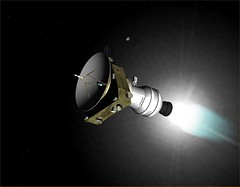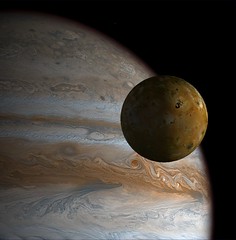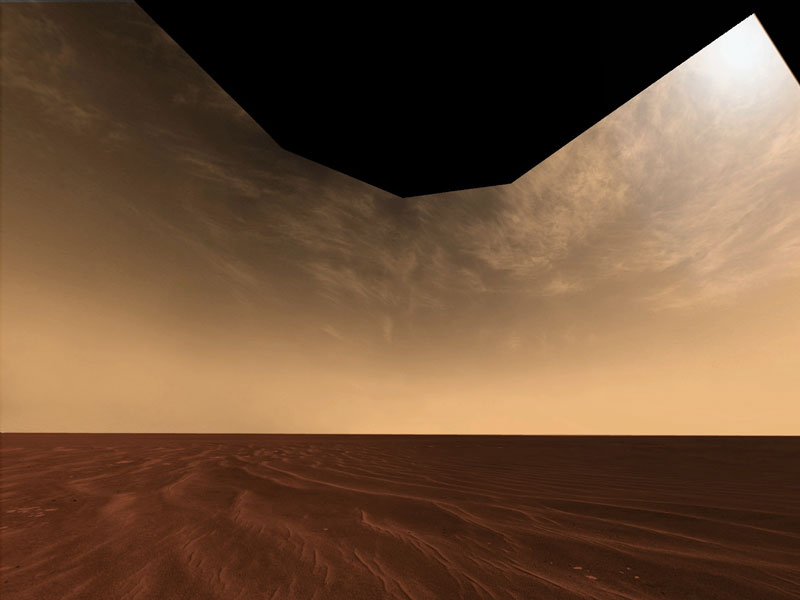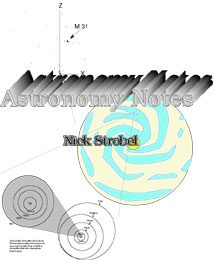 I don't usually even make new year's resolutions, let alone write about them in my blog. But this year I'm making a (sort of) retroactive resolution. I've had a copy (probably two) of Thomas Pynchon's novel Gravity's Rainbow since maybe 1975 (it was published in 1973). GR is considered to be one of the greatest novels of modern times, and it even (somewhat) concerns rocketry and World War II history, two strong interests of mine. I can't say what it's really about since I've never read it. I have tried to read it at least three or four times. It is a mountain of a book, and helpful Amazon spotlight reviewers even provide advice for first time readers seeking to get through it (apparently I'm not alone in having trouble with this).
I don't usually even make new year's resolutions, let alone write about them in my blog. But this year I'm making a (sort of) retroactive resolution. I've had a copy (probably two) of Thomas Pynchon's novel Gravity's Rainbow since maybe 1975 (it was published in 1973). GR is considered to be one of the greatest novels of modern times, and it even (somewhat) concerns rocketry and World War II history, two strong interests of mine. I can't say what it's really about since I've never read it. I have tried to read it at least three or four times. It is a mountain of a book, and helpful Amazon spotlight reviewers even provide advice for first time readers seeking to get through it (apparently I'm not alone in having trouble with this).But I'm not taking that advice. I'm giving up and resigning myself to the fact that I will never read Gravity's Rainbow. That's the retroactive part of my resolution, which I have successfully kept by not reading this book for some 32 years. I'm extending the resolution by also giving up the idea that I should or might or even really want to read it, and I'm giving up the vague, tiny, nagging guilt I carry for not reading this great book that has been on my list for so long. And I'm extending it further to include Pynchon's 784 page Mason & Dixon (bargain table book that just went into the basement), as well as Will and Ariel Durant's 11-volume Story of Civilization and all of the Great Books of the Western World that I traded an excellent Martin classical guitar for back around 1982 (big mistake).
Letting go of guilt - easier said than done, I know. I buy a lot of books, and I read a lot of what I buy, including some monster books, like Neal Stephenson's 928 page Cryptonomicon (I love that book). But I've decided that it's OK not to read some books, even if I bought them and had them on a list forever, and even if they are universally acclaimed.
I feel better. Now if I could only exercise more and lose weight retroactively, I'd be all set.





































